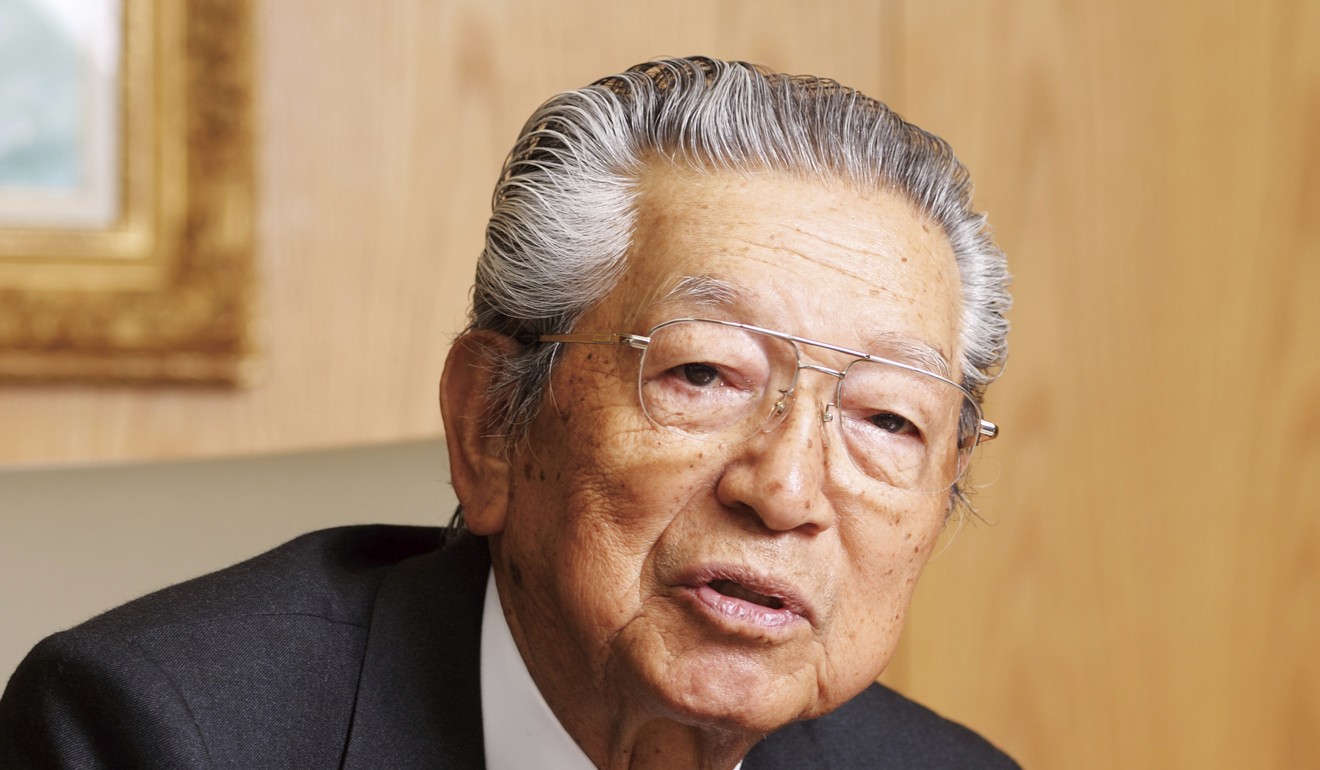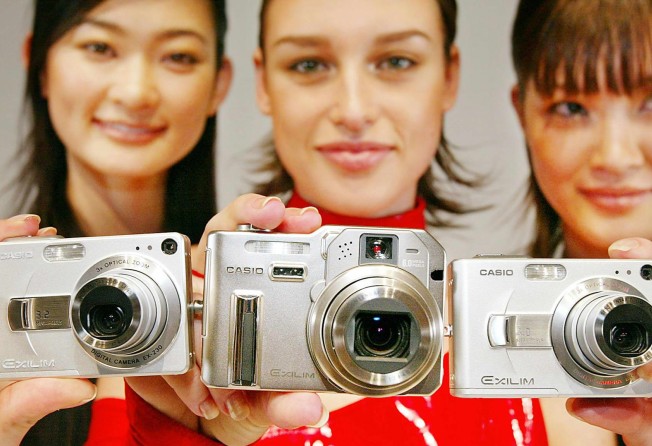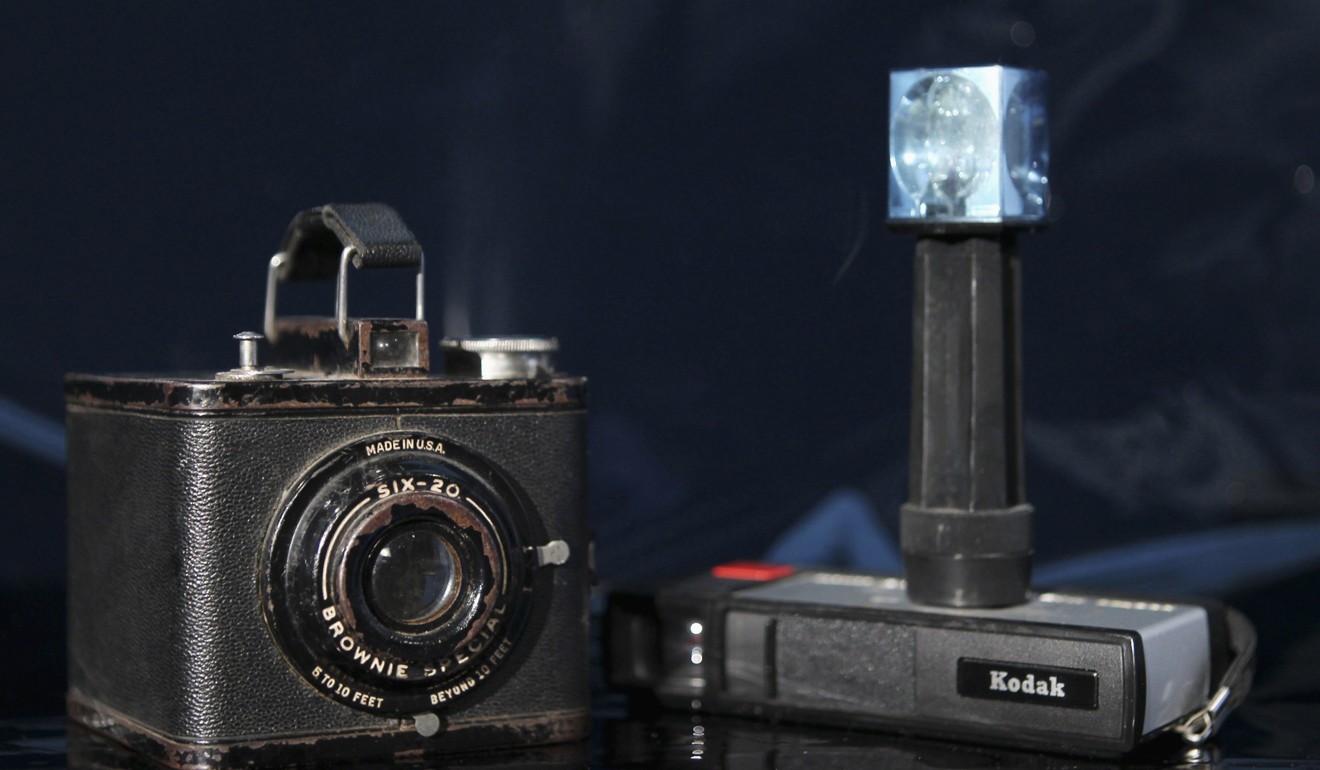
What Henry Ford, George Eastman and Kazuo Kashio had in common – the ability to find the market gap
Stephen Vines says the most successful brands in history distinguished themselves by spotting a consumer need that could be filled with a pre-existing invention

It is quite possible that the name Kazuo Kashio will not mean much to people in Hong Kong but they are almost certain to be familiar with the astonishing range of products he and his brothers brought to the market during his long reign as CEO of the Casio Computer Company. He died last month, leaving a remarkable legacy.
Casio is best known for its range of electronic calculators, with sales exceeding 1.5 billion units. Success in this field did not make Casio complacent as it moved onto other markets, becoming a pioneer in developing low-price digital cameras, having some success with digital diaries and, more recently, having resounding success with its range of sturdy G-Shock watches.
Kashio and his brothers started out making cigarette holders in the 1950s at a time when tobacco was scarce in Japan and smokers were anxious not to waste a single thread. These holders provided an elegant and practical solution to this demand and sold very well.
The money they earned gave Casio the means to invest in the far more sophisticated business of producing desktop calculators for the mass market. Casio suffered setbacks but by 1972 had developed a world-beating product, the Casio Mini calculator that more or less made the company name synonymous with calculators.
Kashio’s genius was not as an inventor but, essentially, as a marketer of products that were already in existence which Casio adapted for the mass market.

There are other prominent examples of companies that looked again at products which had been in existence sometimes for decades, and conceived ways of bringing them to the mass of consumers.
Many of the most successful businesses have been led by outstanding marketers, not inventors
This is precisely the achievement of George Eastman who had a lively interest in photography, a well-established process by the late 1880s, but considered to be something exclusively for professionals who needed to invest in pricey and complicated equipment.
He founded what was then called the Eastman Kodak Company and had the distinction of popularising both the use of roll film and bringing photography to the mass-market with the launch of the Kodak Brownie camera, costing just US$1.
The ability to spot a gap in the market and find a pre-existing invention to fill it is every bit as remarkable as the invention itself and explains why many of the most successful businesses have been led by outstanding marketers, not inventors and not, although they are closely related, by pure sales people.

With the benefit of hindsight, it is often easy to spot a product that was so obviously destined for the mass market but never got there until someone had the bright idea of how to produce it more cheaply and sell it in simplified form.
Some of these players were better at devising mass production methods, while others had a particular marketing genius. Henry Ford is a good example of a person who mastered production techniques to bring automobiles into the mass market.
He certainly did not invent the internal combustion engine, or any of the other components that went into his cars, but he knew how to bring these inventions to a price range acceptable to a market yearning for better personal transport.

The mantle of improved production methods moved from the United States to Japan in the 1960s, maybe earlier; there is some debate about this.
But the bottom line is that, at seemingly lightning speed, Japan’s production genius spawned auto companies like Toyota, Nissan and Honda, which took existing modes of production and well-established concepts and found ways of making them better. They started by competing on price but ended up competing on quality in a race they have continued to lead.
It was not only in the auto industry where Japanese manufacturing quality at affordable prices led the way. Companies like Sony proved to be quick on their feet, taking existing products like the tape recorder and creating the Sony Walkman – basically a portable tape recorder but so much more – that ended up with sales exceeding 200 million units.
Sony also cracked the television market with its Trinitron, launched in 1968, by far the best model of its day, with sales exceeding 100 million units – and not on the basis of price but quality.
Marketing has been transformed both in style and in the way it is delivered. A case in point was the introduction of the first answering machine for household use. The Phonemate 400 was launched in 1971 with an advert declaring: “Yesterday I kept four women happy while I was tied up.”
The machine was a great success – but today’s consumers have moved on to new products and are unlikely to be comfortable with a sales message of this kind.
Stephen Vines runs companies in the food sector and moonlights as a journalist and a broadcaster